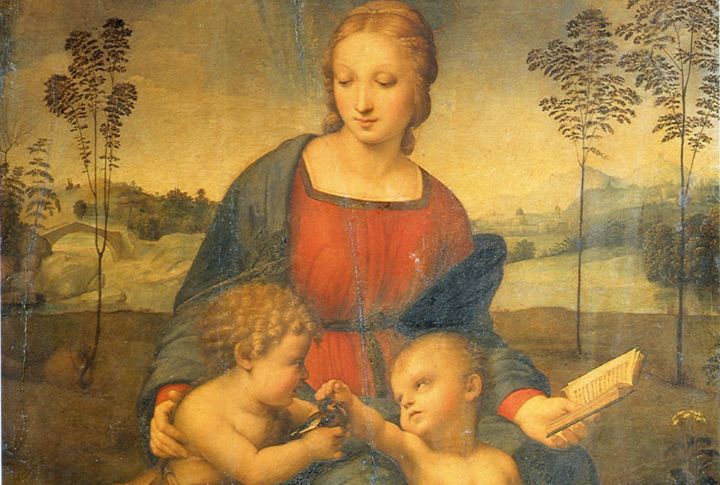
The greatest Catholic artworks double as sophisticated puzzles. Behind their obvious religious imagery lie ingenious symbolic elements that communicate deeper spiritual messages to those who know where to look. These 15 masterpieces demonstrate how skilled artists imprinted secrets in plain view. Follow along as we interpret 10 gorgeous pieces of Catholic art and their hidden meanings.
The Adoration Of The Magi
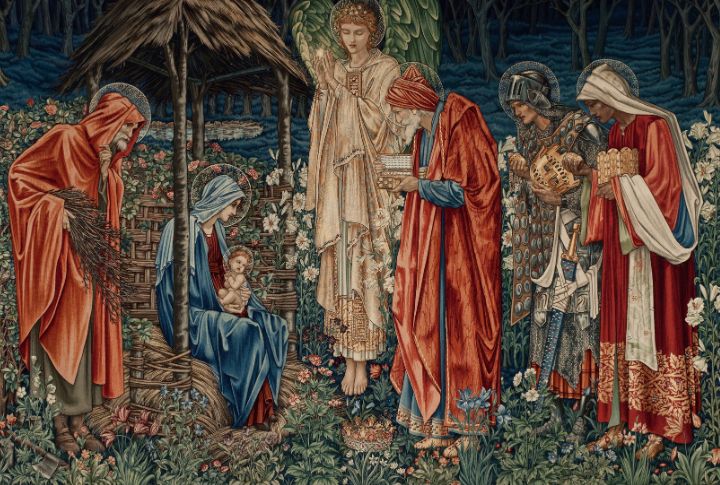
Three regal kings kneel before baby Jesus. Their offerings aren’t just gifts; they speak a symbolic language. Gold proclaims kingship, frankincense honors his divine nature, and myrrh foretells his death. Look closer at the crowded scene: the artist’s own face is often tucked away among the onlookers, bridging the work of creation with personal devotion.
The Last Supper
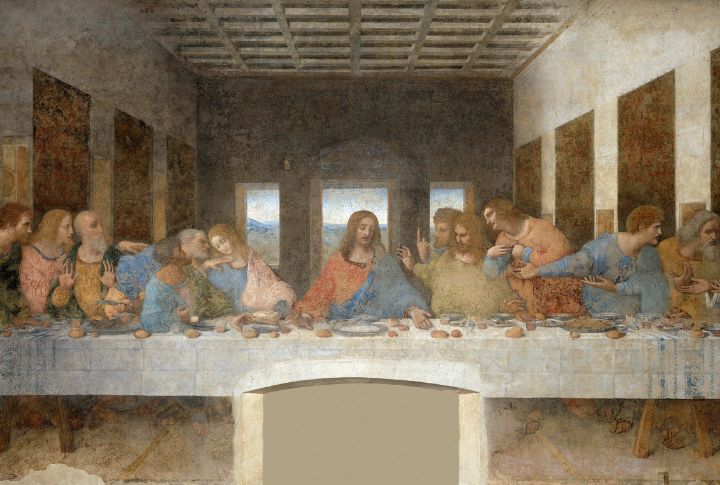
A tense, dramatic hush settles over the refectory at Santa Maria Delle Grazie. Jesus holds the bread and wine, announcing betrayal. The whole setup is pure geometry: the table’s triangular shape whispers of the Trinity. Remarkably, faint lines of the bread rolls align into hidden musical notes—a quiet, timeless chant only Leonardo could weave into a visual masterpiece.
Christ Crucified
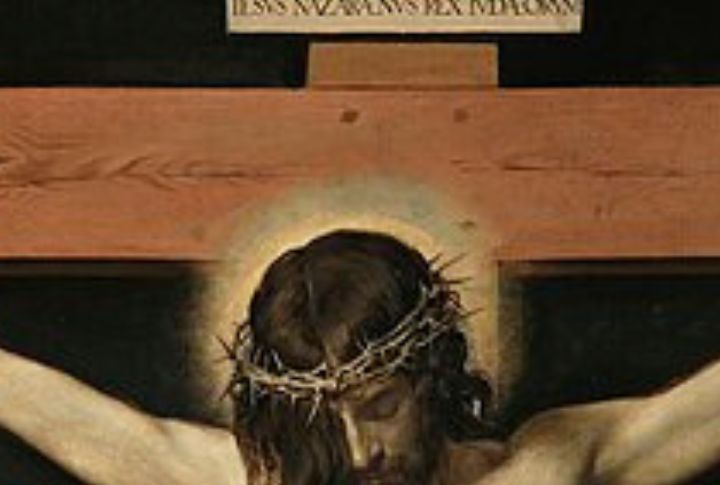
Velazquez chose to eliminate every distraction. The canvas features only the crucified Christ, intensely illuminated against a field of absolute, infinite blackness. A stark presentation forces an immediate, personal confrontation with sacrifice. The lone figure stands out, a vivid and powerful light of hope forged directly from the deepest, darkest shadow.
The Creation Of Adam
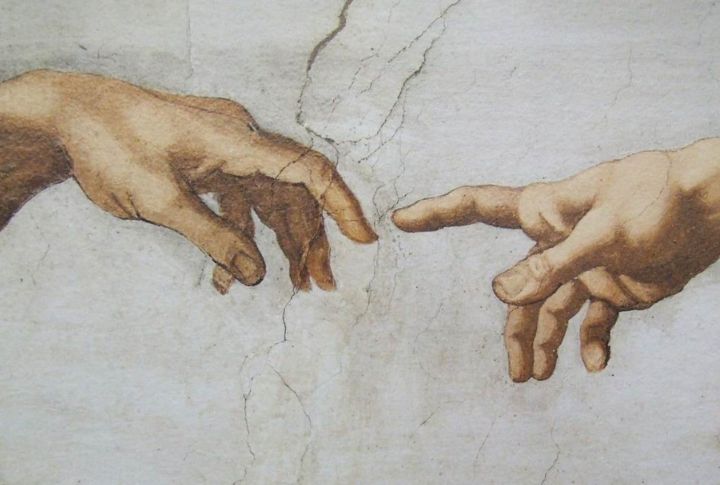
The legendary “The Creation of Adam” by Michelangelo contains secrets within its divine composition. The central image shows God extending life to Adam, but he is not floating in abstract space; his entire flowing red cloak forms a perfect human brain, complete with the brainstem and pituitary gland. This is Michelangelo’s hidden signature, subtly confessing his detailed anatomical knowledge.
ExtraIsenheim Altarpiece
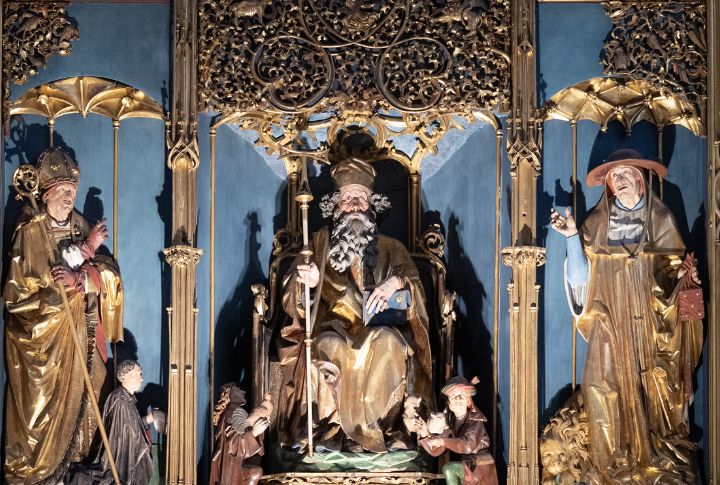
Grunewald’s Isenheim Altarpiece confronts the sick at a German hospital with visceral hope. Grunewald’s tortured Christ, created for the deeply ill, offered intense, visceral comfort. Look at the base: he painted specific medicinal plants, like St. John’s wort, right next to the suffering. Every botanical detail was meant as a kind of spiritual talisman for healing.
The Temptation Of Saint Anthony
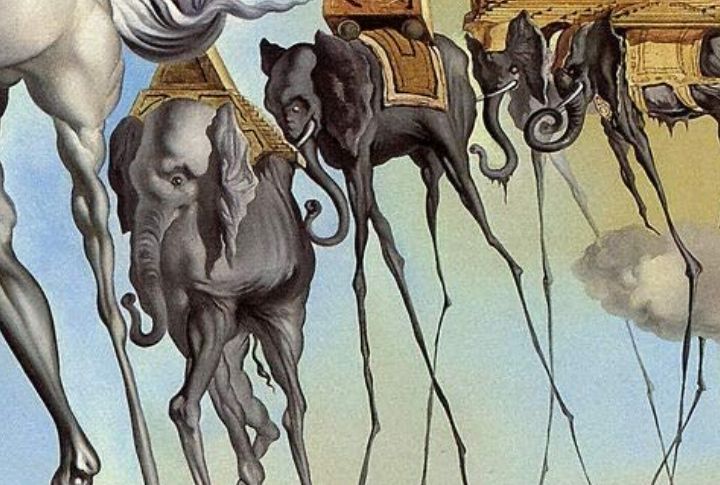
Look at the canvas—it’s an outright nightmare. Dali unleashes bizarre, spindly creatures and impossible architecture, all in a frantic clash of supernatural power. These surreal demons are just the external face of Saint Anthony’s inner conflict. The painting makes a chaotic, beautiful mess of this: real faith is proven only by conquering our deepest, most primal fears.
The Calling Of Saint Matthew
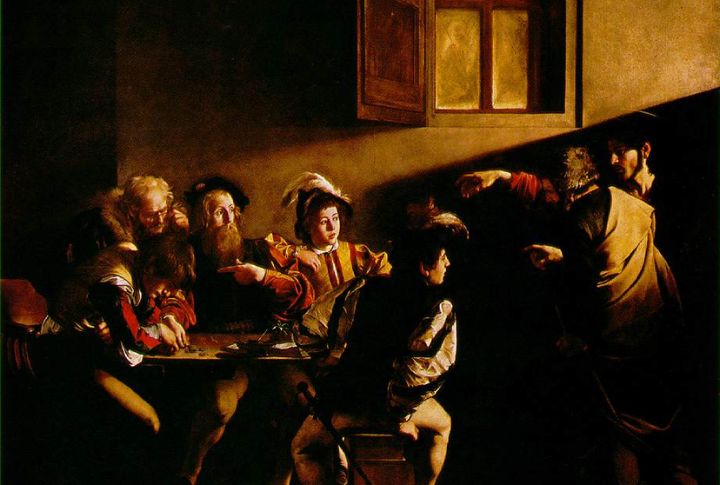
A humble tax booth, the last place you’d expect a miracle. Caravaggio skewers the darkness with a slanted ray of light, a silent heavenly spotlight that carves a cross on the wall. Christ’s hand reaches outward in a direct echo of Adam’s life spark and converts the mundane into the sacred. It’s the very moment the ordinary shatters.
Supper At Emmaus
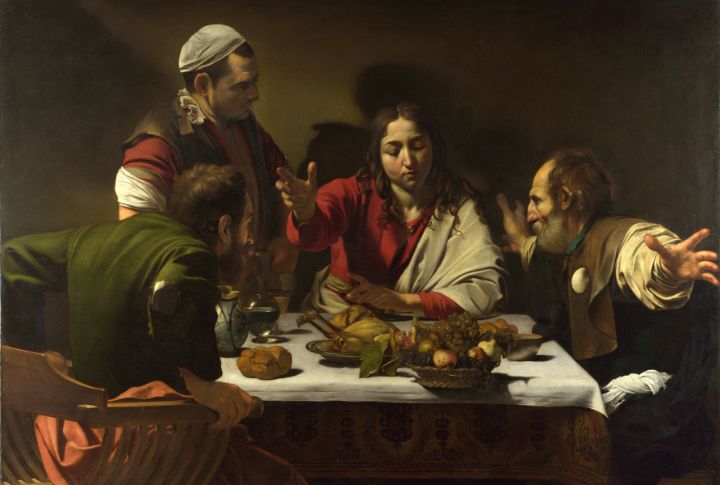
There is something incredibly off about the simple meal. The fruit basket, dangerously close to the edge, that small detail symbolizes the threat of death and the promise of rebirth. The stranger’s slippers even cast a subtle, nail-shaped shadow, a quiet foreshadowing of the passion. The feast is secretly loaded with layered prophecy.
Madonna Of The Goldfinch
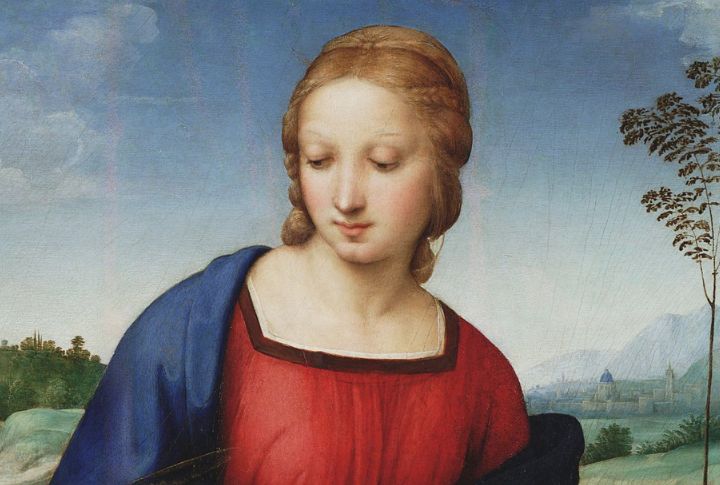
Raphael painted a beautiful familial scene where Christ extends a goldfinch, but that’s not just any bird. Its red markings are a quiet, painful reference to the crown of thorns he will eventually wear. The red berries near their feet? They quietly allude to the future Eucharist. The painting is tranquil, balanced, and deceptively simple.
Mystic Nativity
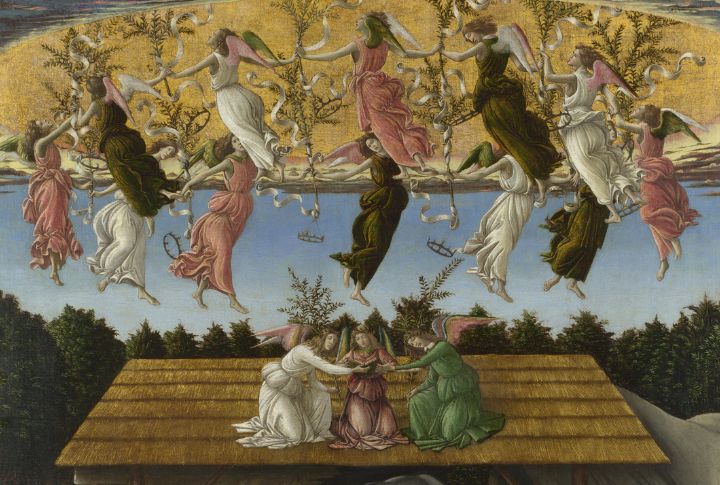
Don’t get distracted by the swirling angels. Botticelli hid an astonishing message here. The Greek at the top isn’t just decoration—it’s an encoded timeline, referencing the Apocalypse and predicting the Last Judgment. Earthly branches and celestial fire visibly intertwine, suggesting the immediate arrival of God’s dramatic, messy new age.

